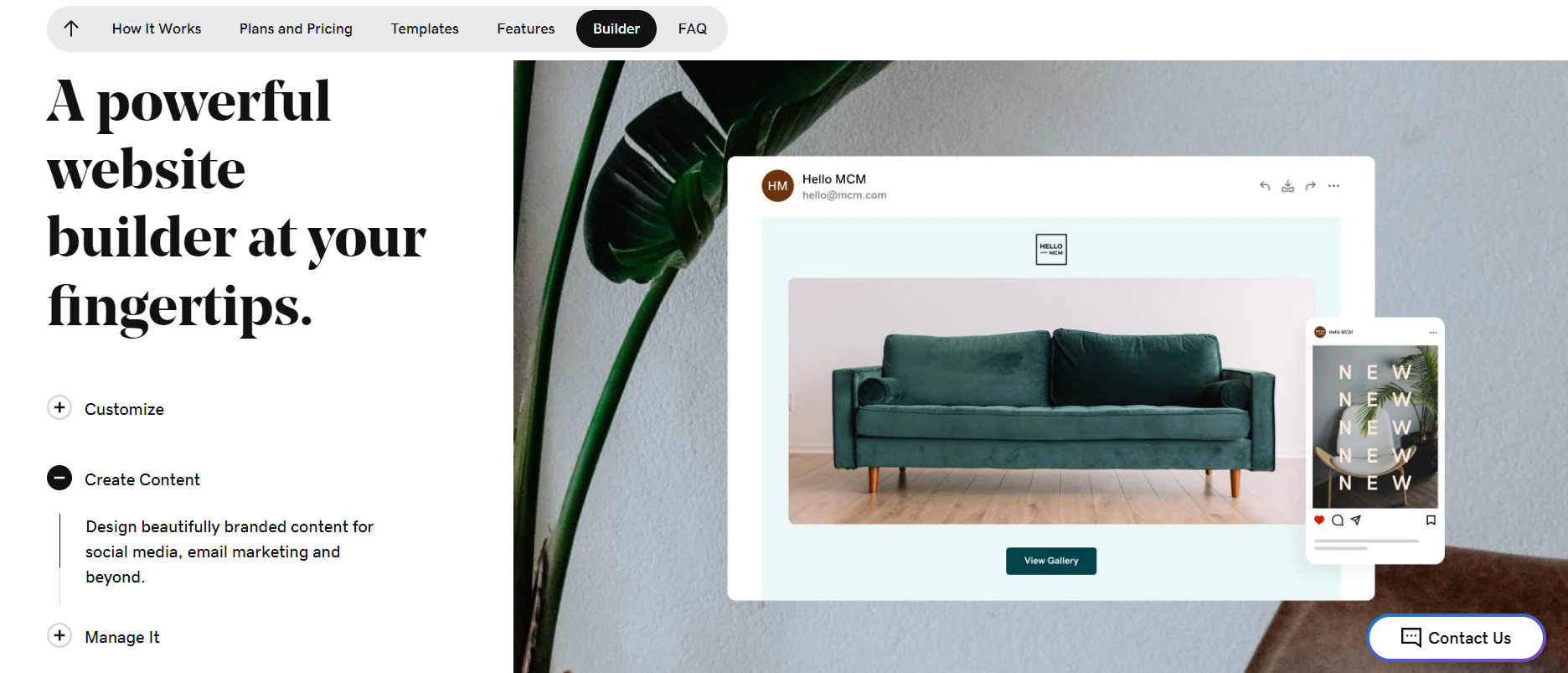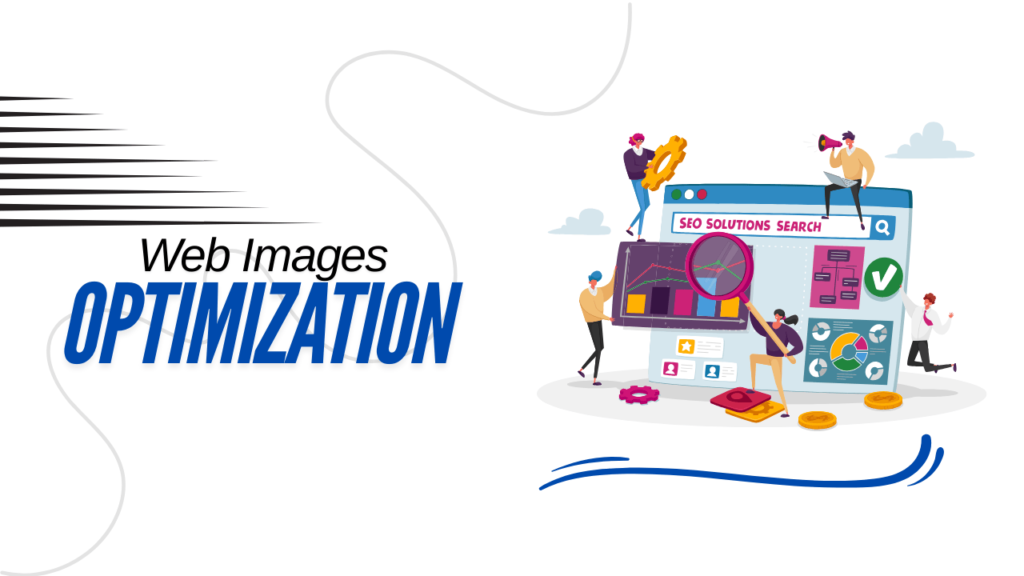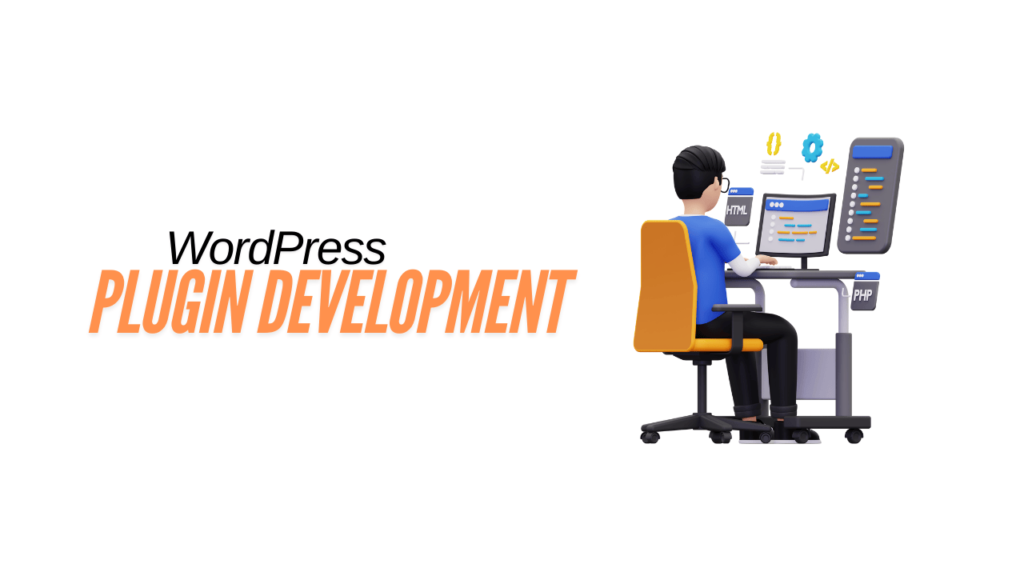Building a website is a crucial step for any business looking to establish an online presence. The GoDaddy Website Builder is a popular choice due to its ease of use and affordability. However, like any tool, it has its quirks and challenges.
In this post, we will explore the top 5 common issues users face with GoDaddy Website Builder and provide practical solutions to help you overcome them.
1. Limited Template Options
Problem:
Many users find that GoDaddy’s website templates are limited in variety and flexibility. This can make it challenging to create a unique and visually appealing website that stands out from the competition.
Solution:
- Explore External Template Sources: Look beyond GoDaddy’s built-in templates. Websites like TemplateMonster and ThemeForest offer a wide range of templates compatible with GoDaddy.
- Custom HTML/CSS: If you have coding skills or can hire a developer, customizing the HTML/CSS of your template can provide greater flexibility and uniqueness.
- Utilize Built-In Tools: Make the most of GoDaddy’s customization tools by tweaking existing templates to better fit your brand’s identity.
2. Pricing and Hidden Costs
Problem:
Solution:
- Understand Pricing Plans: Carefully review the different pricing tiers offered by GoDaddy. Ensure you choose the plan that best fits your needs without unnecessary extras.
- Avoid Hidden Costs: Be aware of additional costs that may arise, such as domain registration, SSL certificates, and premium themes. Budget for these expenses upfront.
- Comparison Shopping: Compare GoDaddy’s pricing with other website builders to ensure you are getting the best value for your money.
3. User Interface and Usability
Problem:
Some users find GoDaddy’s user interface non-intuitive and difficult to navigate, especially beginners who are new to website building.
Solution:
- Step-by-Step Guide: Follow a detailed tutorial on using GoDaddy’s website builder. Many online resources, including GoDaddy’s own help center, provide step-by-step guides.
- Beginner Tips: Start with simpler tasks and gradually move to more complex features. Utilize GoDaddy’s drag-and-drop functionality to make the process easier.
- Usability Hacks: Learn shortcuts and hacks that can speed up your workflow. For example, using keyboard shortcuts and leveraging pre-built blocks can save time.
4. Limited SEO and Performance Tools
Problem:
GoDaddy’s built-in SEO tools can be insufficient for advanced optimization, and users may struggle to improve their website’s speed and performance.
Solution:
- SEO Best Practices: Implement basic SEO practices such as keyword optimization, meta descriptions, and alt tags for images. GoDaddy’s SEO wizard can help with this.
- Third-Party Tools: Integrate third-party SEO tools like Yoast SEO or SEMrush to gain deeper insights and advanced optimization capabilities.
- Performance Optimization: Use tools like Google PageSpeed Insights to identify and fix performance issues. Optimize images, enable caching, and use a content delivery network (CDN) to improve loading times.
5. Customer Support and Technical Assistance
Problem:
Solution:
- Effective Communication: Use multiple channels to contact GoDaddy support, including phone, chat, and email. Clearly describe your issue to receive more accurate assistance.
- Troubleshooting Tips: Refer to GoDaddy’s extensive knowledge base and community forums for common troubleshooting solutions. Many issues can be resolved with a quick search.
- Alternative Support: Consider hiring a freelance developer or IT professional for more complex issues that require immediate attention.




